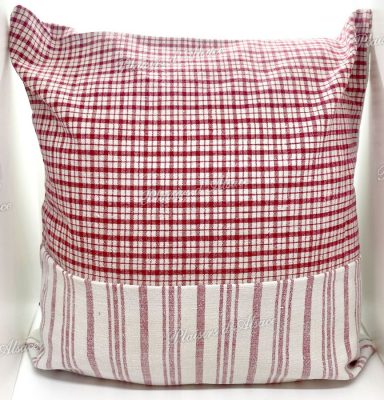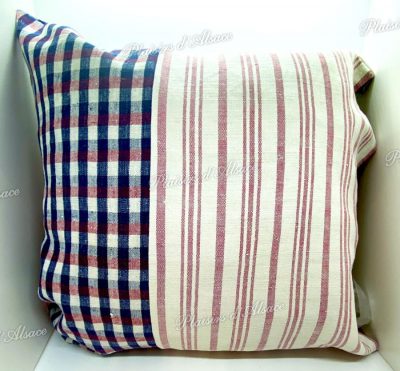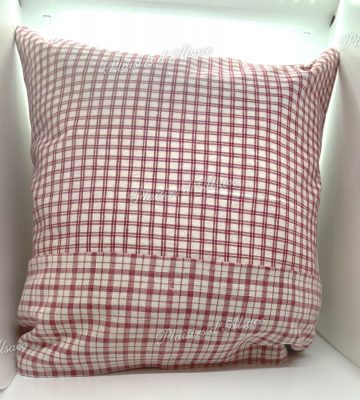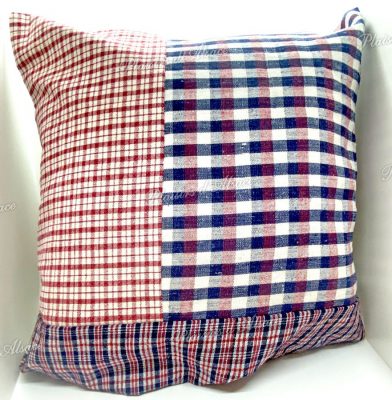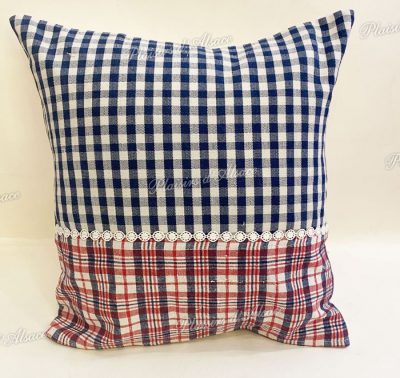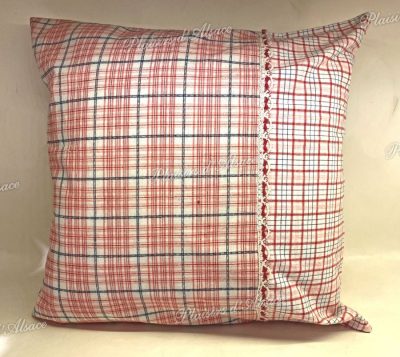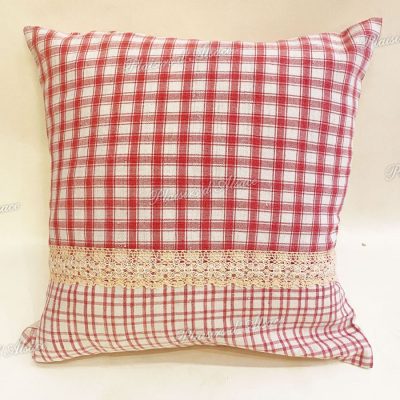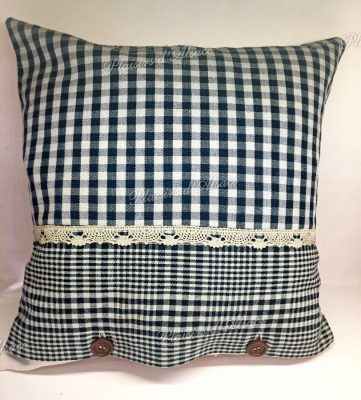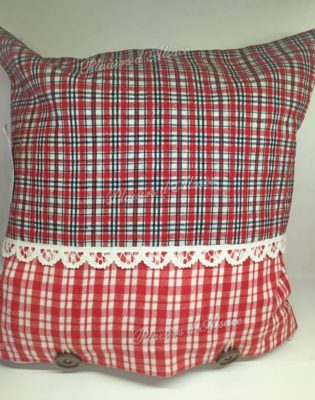
old kelsch cushion cover
old kelsch cushion cover
Old Alsatian Kelsch in indigo blue and ecru or red linen from the end of the 19th century. They come from cover tops from which we created tablecloths or cushion covers
Kelsch bed linen was traditionally part of the bride-to-be’s trousseau
Kelsch white checkered fabric Kelsch is still a local fabric woven in the old way. The kelsch is made of linen. Its patterns, available endlessly, however vary preferably around stripes and checks. All colors are found there with a preference for blues and reds. Traditionally, Kelsch fabric is available in ecru and blue, ecru and red checks or all three colors mixed.
En savoir plus

